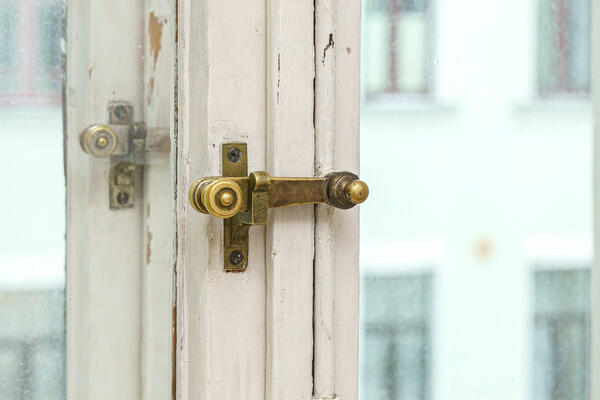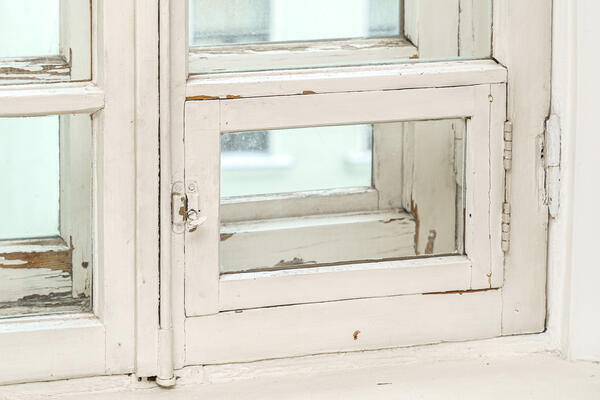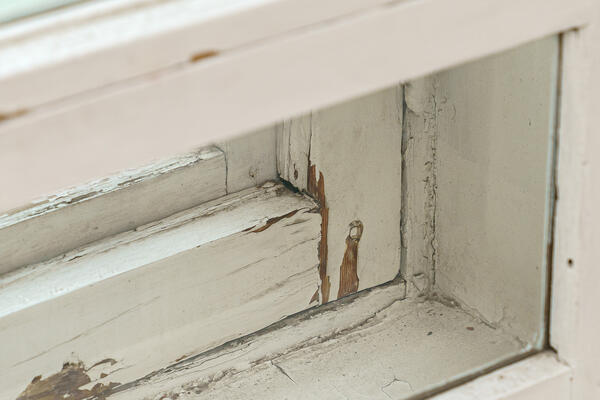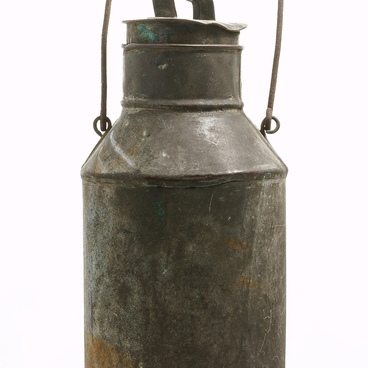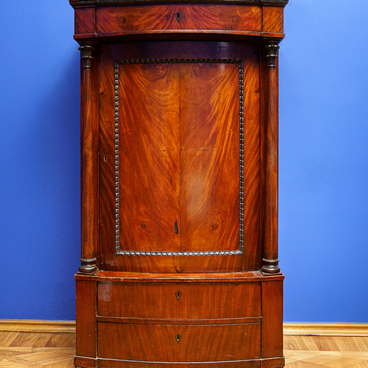The window in Mikhail Afanasyevich Bulgakov’s room overlooks the enclosed courtyard of the house at 10 Bolshaya Sadovaya. The latches on the windows, the door, and the porthole window next to the door have been preserved in apartment No. 50 since Bulgakov’s time.
From this window, the writer observed the everyday life of a Moscow courtyard, the description of which laid the foundation for the feuilleton “A Day of Our Life”, published in 1923. At his desk, Bulgakov wrote the novel “The White Guard”, and the novellas “Diaboliad”, “Notes on the Cuffs” and “The Fatal Eggs”.
Many years later residents of the house recalled how the cry of a second-hand dealer used to echo through the enclosed courtyard and how a local carpenter made a tennis table.
What did the courtyard of house No. 10, which Mikhail Bulgakov saw daily from his window, look like? “The house is five stories high… One of its two buildings — the one that is half a floor higher, faces the street; the other — the Π-shaped building — is located in the courtyard, where a long gateway leads. Once, two flower beds and a fountain decorated this asphalt rectangle. There was a sculpture in the center of the fountain: a boy and a girl under an umbrella. Now there are two trees growing in this place, fenced with low green pegs… prior, before the reconstruction of the Garden Ring, the house looked impressive, as it was not squeezed by its huge stone neighbors. Gorgeous bay windows, stucco balconies… An elegant, semicircular curved front garden separated the building from the sidewalk,“recalled Vladimir Lyovshin, the son of the old-timers of the yard, Artur and Maria Manasevich.

